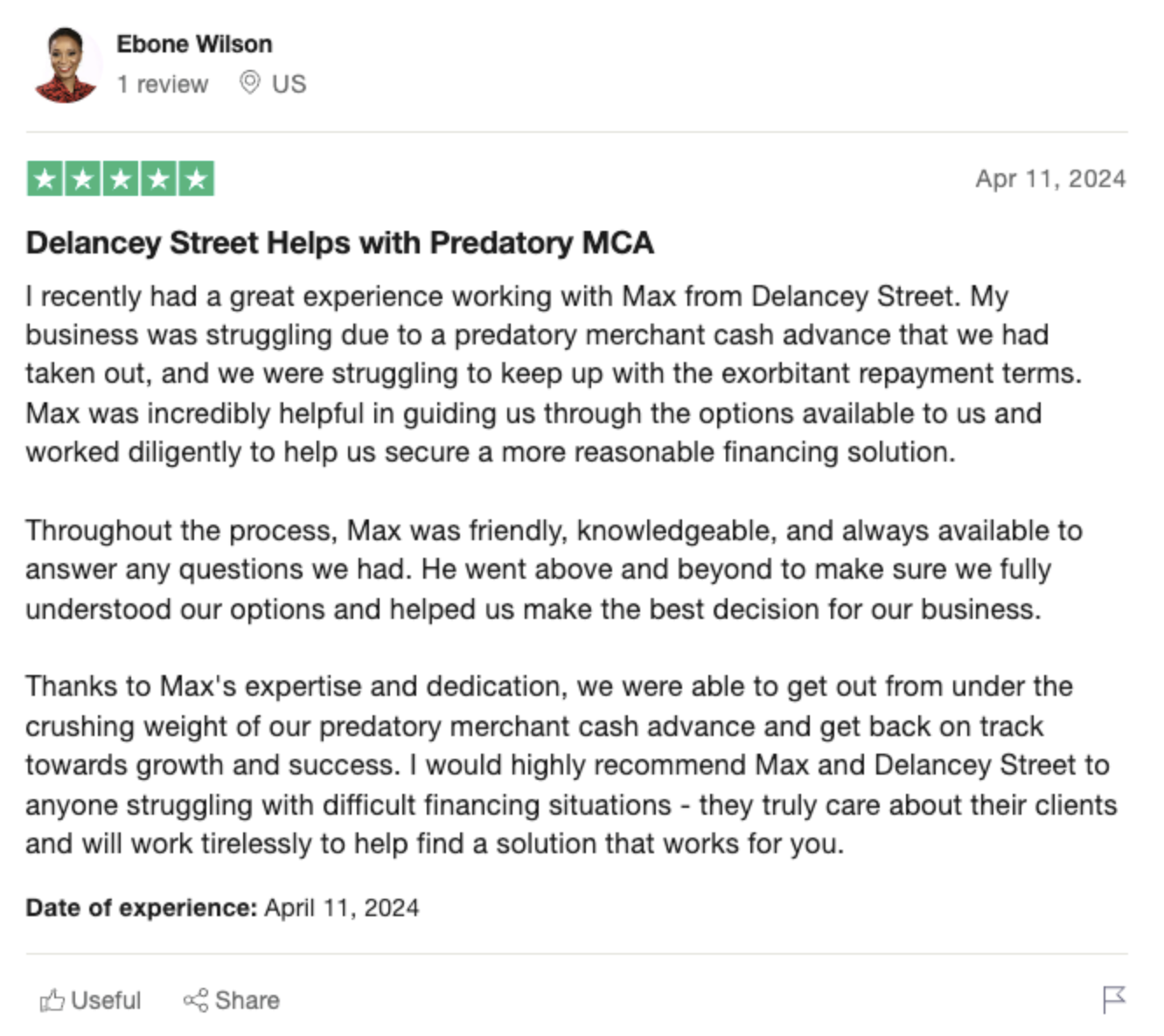Debt Relief for Your Business: Navigating the Storm, Regaining Control…
Wealthfront

Wealthfront is pretty awesome. It’s got some huge people behind it when it comes to its investment strategy. The company’s methodology is focused on providing understanding your risk tolerance and then employing exchange-traded funds in up to 11 asset classes to accomplish your goal.
The Weahlthfront process is automated. Their software rebalances when dividends are invested, money is deposited, a distribution is taken, or when there are market fluctuations. Wealthfront uses a threshold-based rebalancing, which means your portfolios are rebalanced when an asset class has deviated from its target allocation. It does this fast, instead of a quarterly or yearly schedule. Wealthfront’s investment covers US stocks, foreign stocks, emerging markets, dividend stocks, real estate, natural resources, in addition to emerging market bonds, and more, including corporate and municipal bonds. The typical portfolio includes 6-8 asset classes.
Customers who have $100,000 or more in a taxable account can benefit from Wealthfront’s proprietary mutual fund called the Wealthfront Risk Parity Fund. This fund allows you to get greater exposure to asset classes with higher risk-adjusted returns. The expense ratio is lower than other risk parity funds, but it’s slightly higher than the other funds used in the Wealthfront portfolios.
Investors who don’t want exposure to the fund, or its higher expense ratio, can choose to NOT invest in this fund. If you open a new account you’ll be asked whether you want to invest a part of your portfolio into the risk parity fund. If you don’t have $100,000 invested yet in Wealthfront, and you sign up for the fund – you’ll be sent emails reminding you that when your account reaches that size you can join it.

In terms of management fees Wealthfront charges .25% for management, though the first $5,000 is managed for free. Their biggest competitor, Betterment, charges .25% for its digital service. If you’re not quite sure about paying for money management, Wealthfront can let you link your bank and retirement accounts to it’s financial planning tool, called PATH, and you won’t have to pay a cent. If you decide you want to let Wealthfront manage your money for you, you start paying the .25% fee.
One of the cool things about Wealthfront is its tax efficiency feature. It offers daily tax-loss harvesting on all of your taxable accounts. New clients who transfer in assets can benefit from the tax-minimized brokerage account transfer service. This service incorporates existing investments into the Wealthfront portfolio wherever possible, and it HOLDS transferred securities which cannot be incorporated until the capital gains become long-term.
If an account has over $100,000 – Wealthfront improves its tax opimitzation service with stock level tax loss harvesting. It’s harder to use tax-loss harvesting when you’re purchasing an index, so what Wealthfront does is it replicates the US stock index by purchasing the stocks held in it directly. The software is able to look for individual tax-loss harvesting opportunities. The tax savings can be reinvested which makes the potential impact of Wealthfront amazing.
For accounts with balances over $500,000 – the robo-advisor component of Wealthfront offers multifactor smart beta. It weighs the stocks in a portfolio – based on factors like volatility and dividends, in addition to potential returns for the same advisory fee it applies to all of its accounts.

**Cool feature: if you use turbotax, when you file taxes you can enter your Wealthfront account information in order to import your tax-loss data.
If you are looking to build a retirement savings plan, Wealthfront can pull in your current spending activity from your other accounts, and it will analyze government data on spending patterns as people age in order to estimate your actual spend in retirement. It will also incorporate social security, and inflation data, in its retirement plan calculations. In addition,
**Cool feature: you can link your Coinbase account to track your crypto holdings.
Path also has a home planning tool which lets you incorporate home prices, your mortgage rates, and more, to helpyou understand how expensive of a house you can buy. It lets you adjust your savings time frame to see different results. It also offers tips on how to save money each money and the best accounts to save in. Also, you can do virtual house hunting. Wealthfront also offers Time Off for travel, which is a travel planning tool which lets you figure out how much time you can afford to take off. It also helps you determine how much you can spend on travel, and how that spending can affect your ability to reach your future goals.
College savings is another great tool of Wealthfront. It allows parents to pick the college they want their child to go to, and then projects the college costs, in addition to estimating financial aid – and creating a monthly savings plan. Parents can use Wealthfront to link a 529 college-savings account, or open one through Wealthfront.
Another cool feature of Wealthfront is the line of credit. If you have at least $25,000 in your account, you can borrow up to 30% of your value. There’s no credit check, or applications. They charge an annual interest rate of 3-5%.







